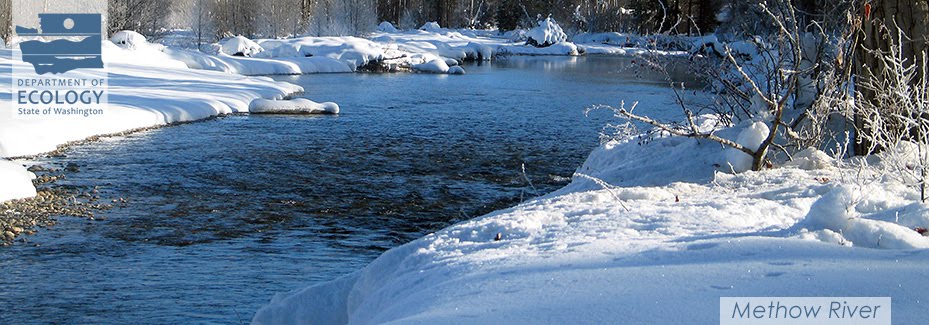 |
| Orcas near Titlow Beach in Tacoma. Photo Mike Charest/Flickr CC |
And what eats salmon? Orcas. Chinook salmon are the meal of choice for the Southern Resident killer whales, but coho make up a chunk of their diet as well.
June is Orca Awareness Month, so it’s a great time to become aware of the impacts pollution coming from things like vehicle brakes can have.
In coho salmon, copper can affect the animals’ sense of smell, harming their ability to sense predators. That might sound like it could help the whales catch their meal, but it’s more likely to mean juvenile salmon get eaten before they grow big enough to become orca chow.
 Copper pollution is just another one of the ways ordinary stuff that we all use every day can have significant environmental impacts. Fertilizers, pesticides, moss treatments and many more common items can harm the environment in some way once they get into streams, rivers, lakes and Puget Sound.
Copper pollution is just another one of the ways ordinary stuff that we all use every day can have significant environmental impacts. Fertilizers, pesticides, moss treatments and many more common items can harm the environment in some way once they get into streams, rivers, lakes and Puget Sound.What’s cool about copper, though, is that the way we’re dealing with pollution from car brakes is also a model for how we can tackle these types of environmental impacts.
Back in 2008, Washington passed the Better Brakes Law, which will phase out the use of copper in vehicle brakes by 2025, virtually eliminating that 130,000 pounds of copper a year entering Puget Sound.
 |
| A brake pad with copper (top) and without (bottom) |
For the report, we tested 163 brake pads and shoes the agency purchased at Washington retailers or online. The testing was meant to double-check that manufacturers are correctly reporting the materials used in their brake pads as the Better Brakes Law requires.
For copper, 58 percent of the brakes tested exceeded the 2021 standard of containing less than 5 percent copper, and 41 percent already met the final 2025 standard of containing less than 0.5 percent copper.
“It’s great to see that brake manufacturers are doing their part to reduce toxics and fight copper pollution,” said Chrissy Wiseman, Ecology’s product testing specialist, who led the study. “Cutting copper in brakes won’t save the salmon by itself, but it can be a step toward bringing them back.”
The test results largely match manufacturers’ self-reported data, which includes information on more than 3,000 brake pads and shoes. The manufacturer data shows that the copper content of brakes has fallen by about 39 percent since 2015, the first year reporting was required. The test results also showed that all of the brakes analyzed met Washington’s standards for cadmium and only four exceeded state standards for lead.
And while here in Washington we’re especially concerned about impacts on salmon and orcas, the benefits of Washington’s Better Brakes Law don’t stop at our state borders. Washington’s law became a model for a national agreement between brake manufacturers, states and the U.S. Environmental Protection Agency. That means that by 2025, copper pollution will be in decline all across the country.
There’s no reason to wait seven years, though. If you need new brakes, talk to your mechanic or head to your local auto parts store and ask for low-copper or copper-free brake pads. All new brakes carry a leaf symbol on the box. The more leaves that are colored in, the higher the standard the brakes meet – if all three leaves are colored in, the brakes contain less than 0.5 percent copper.
 |
| Look for the LeafMark on new brakes. Brakes with all three leafs colored in meet 2025 low-copper standards. |
Learn more about Washington's efforts to protect orca
- Inslee signs executive order to protect orcas, Chinook salmon
- Southern Resident Killer Whale Recovery and Task Force
- Protecting orca whales from extinction
By Andrew Wineke, Hazardous Waste and Toxics Reduction program

No comments:
Post a Comment